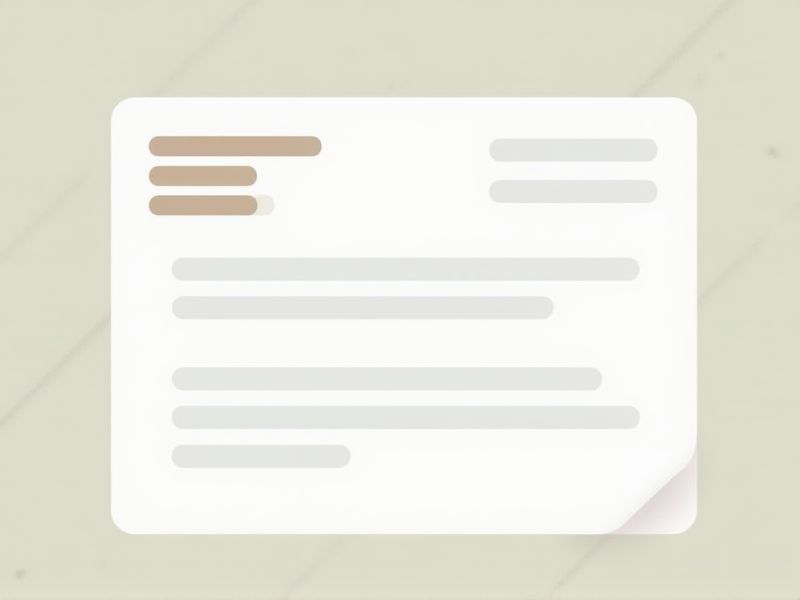
A well-structured letter format for disbursement is essential for clear communication and proper documentation in financial transactions. Whether you are requesting funds, authorizing payment, or confirming the release of money, using a professional letter ensures all necessary details are conveyed accurately. This helps in avoiding misunderstandings and facilitates a smooth disbursement process. Key elements include the date, recipient's details, purpose of disbursement, amount, and authorization signatures. For your convenience, explore the various disbursement letter templates available in this article to suit different needs.
Samples of letter format for disbursement
Formal Letter Format For Disbursement Request
Professional Letter Template For Disbursement
Simple Letter Format For Disbursement Approval
Business Letter Format For Disbursement Of Funds
Letter Format For Disbursement Of Salary
Letter Format For Disbursement Of Loan
Letter Format For Disbursement Of Grant Funds
Letter Format For Educational Disbursement
Letter Format For Disbursement To Contractors
Template For Disbursement Letter To Vendors
Proper Letter Format For Disbursement Notification
Letter Format For Disbursement Of Project Funds
Standard Letter Format For Disbursement Requests
Letter Format For Disbursement To Employees
Concise Letter Format For Disbursement Application
Detailed Letter Format For Funds Disbursement
Letter Format For Disbursement Of Insurance Claim
Letter Format For Timely Disbursement Requests
Clear Letter Format For Disbursement Confirmation
Letter Format For Partial Disbursement Of Funds
Important Things to Know when Writing Letter Format For Disbursement
Purpose Of The Disbursement Letter
The purpose of a disbursement letter is to formally communicate the details of funds being allocated to a specific recipient or project. This document outlines the amount of money being disbursed, the intended use of the funds, and any conditions that must be met for the disbursement to occur. Your understanding of this format is crucial, as it ensures that all parties involved are clearly informed about the financial transaction. Properly drafting a disbursement letter helps maintain transparency and accountability in financial dealings.
Proper Salutation And Recipient Details
A proper salutation is crucial in a disbursement letter, as it sets the tone for your communication. Begin with a respectful greeting, such as "Dear [Recipient's Name]," to establish a professional relationship. It's also essential to include accurate recipient details, such as their full name, title, and address, to ensure the letter reaches the correct person and maintains clarity. Paying attention to these details not only enhances the professionalism of your letter but also fosters a sense of trust and respect.
Clear Statement Of The Amount And Disbursement Details
A clear statement of the amount and disbursement details is crucial in a letter format for disbursement. This should include the total sum being disbursed, the purpose of the funds, and any relevant identifiers, such as invoice numbers or project codes. Ensuring these details are prominently displayed helps prevent confusion and ensures transparency in financial transactions. You should also include any timelines for disbursement to keep all parties informed and accountable.
Reference To Relevant Documents Or Agreements
In a disbursement letter format, it is crucial to reference pertinent documents or agreements to establish legitimacy and clarity. This includes citing specific contracts, invoices, or previous correspondence that support the disbursement request. By doing so, you ensure that all parties involved can easily verify the details and context surrounding the transaction. Including these references not only enhances the professionalism of your letter but also minimizes potential confusion or disputes down the line.
Signature And Contact Information Of The Sender
A crucial aspect of the letter format for disbursement is ensuring the signature and contact information of the sender are clearly included. The signature serves as a formal acknowledgment of the sender's authority and intent, providing legitimacy to the document. Your contact information, typically presented beneath the signature, allows recipients to easily reach out for any clarifications or follow-up inquiries. This structured approach not only enhances professionalism but also fosters trust in the disbursement process.
